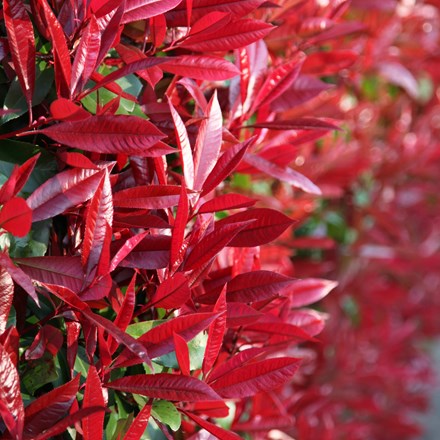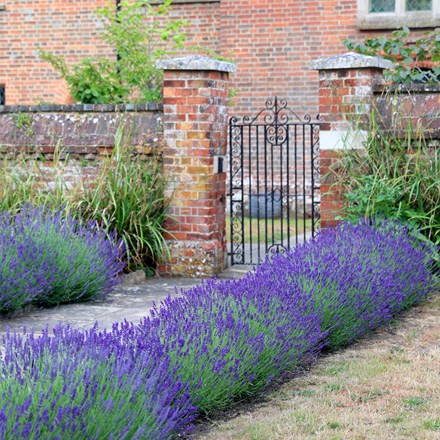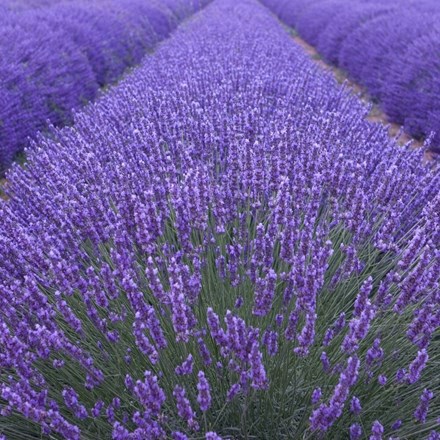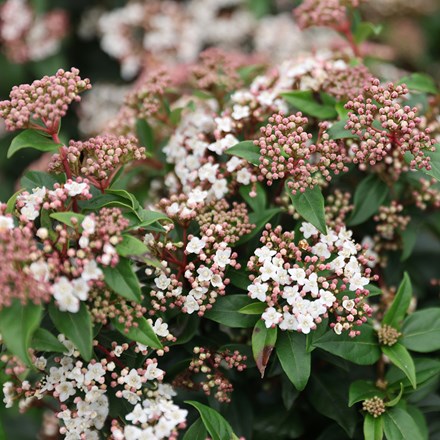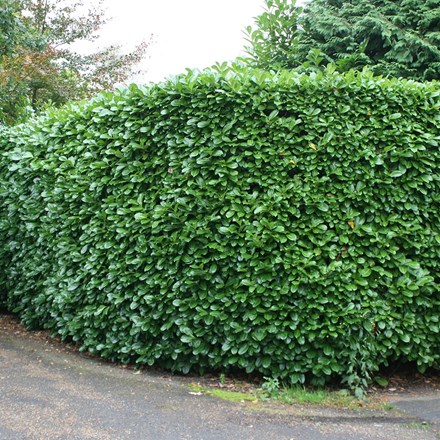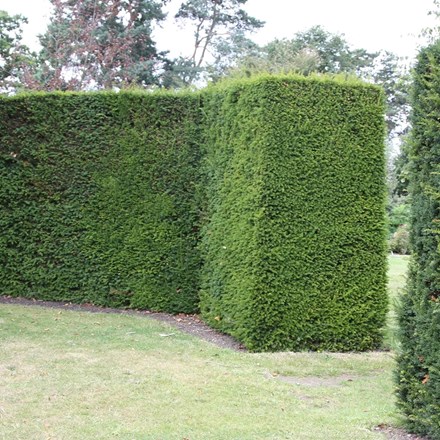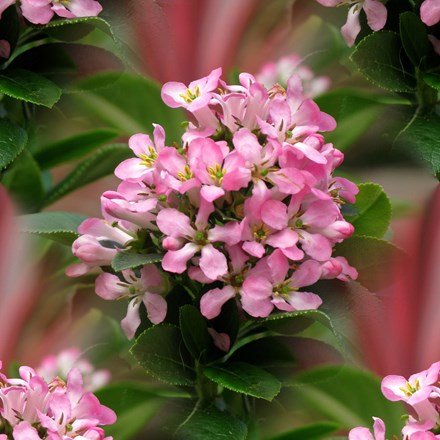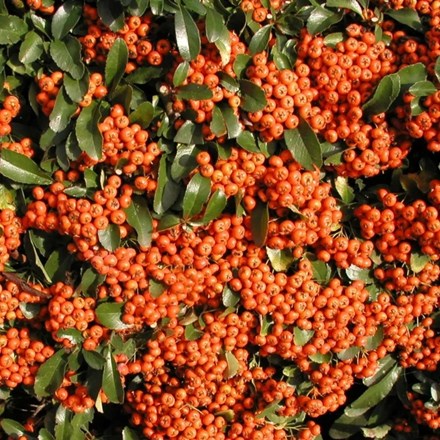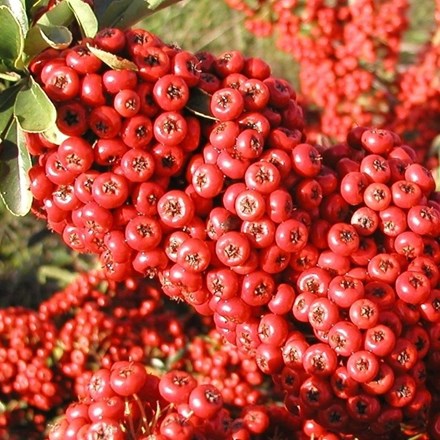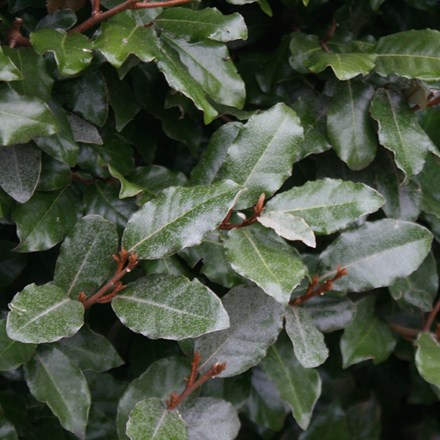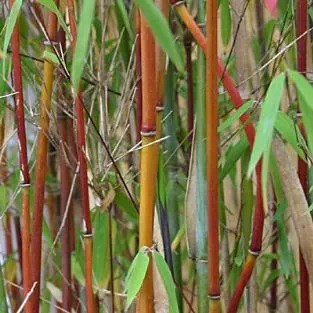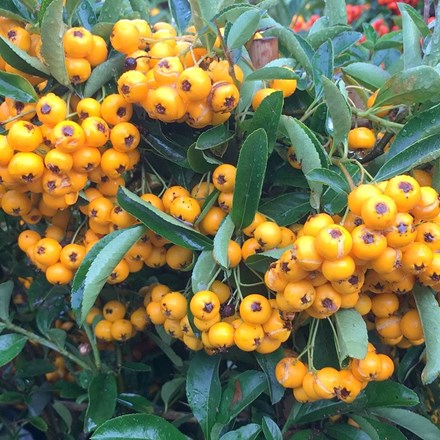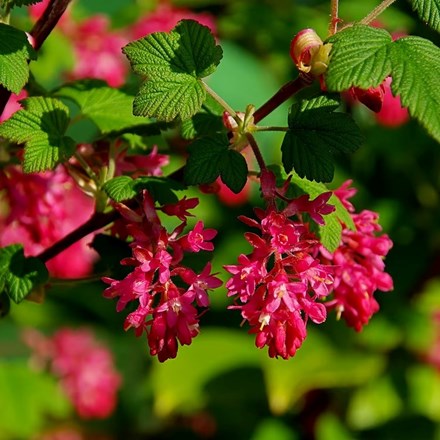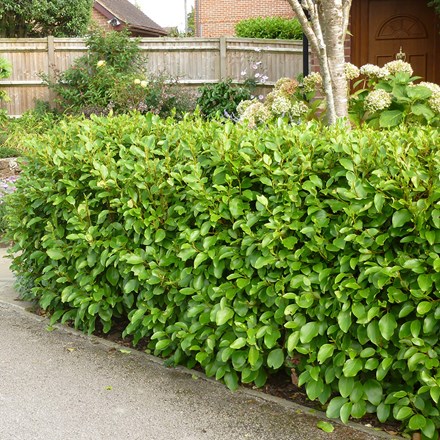Shop
-
OFFERS
Plant Offers (selected lines)
Furniture Offers (selected lines)
Compost & Fertiliser Offers (selected lines)
Clearance (selected lines)
-
Plants
-
Planters
Shop by Shape
Shop by Material
-
Water Features
Water Features
-
Garden Furniture
Garden Furniture
-
Sail Shades
Shop by Shape
Related Categories
-
Awnings
Shop by Type
Related Categories
Support & Guidance
-
Outdoor Heating
Shop by Type
-
Pest Control
-
Fencing
Fencing
Shop by Height
Fencing Accessories
- Screening
-
Outdoor Living
Landscaping & Planning
Storage & Maintenance
Wildlife Care


